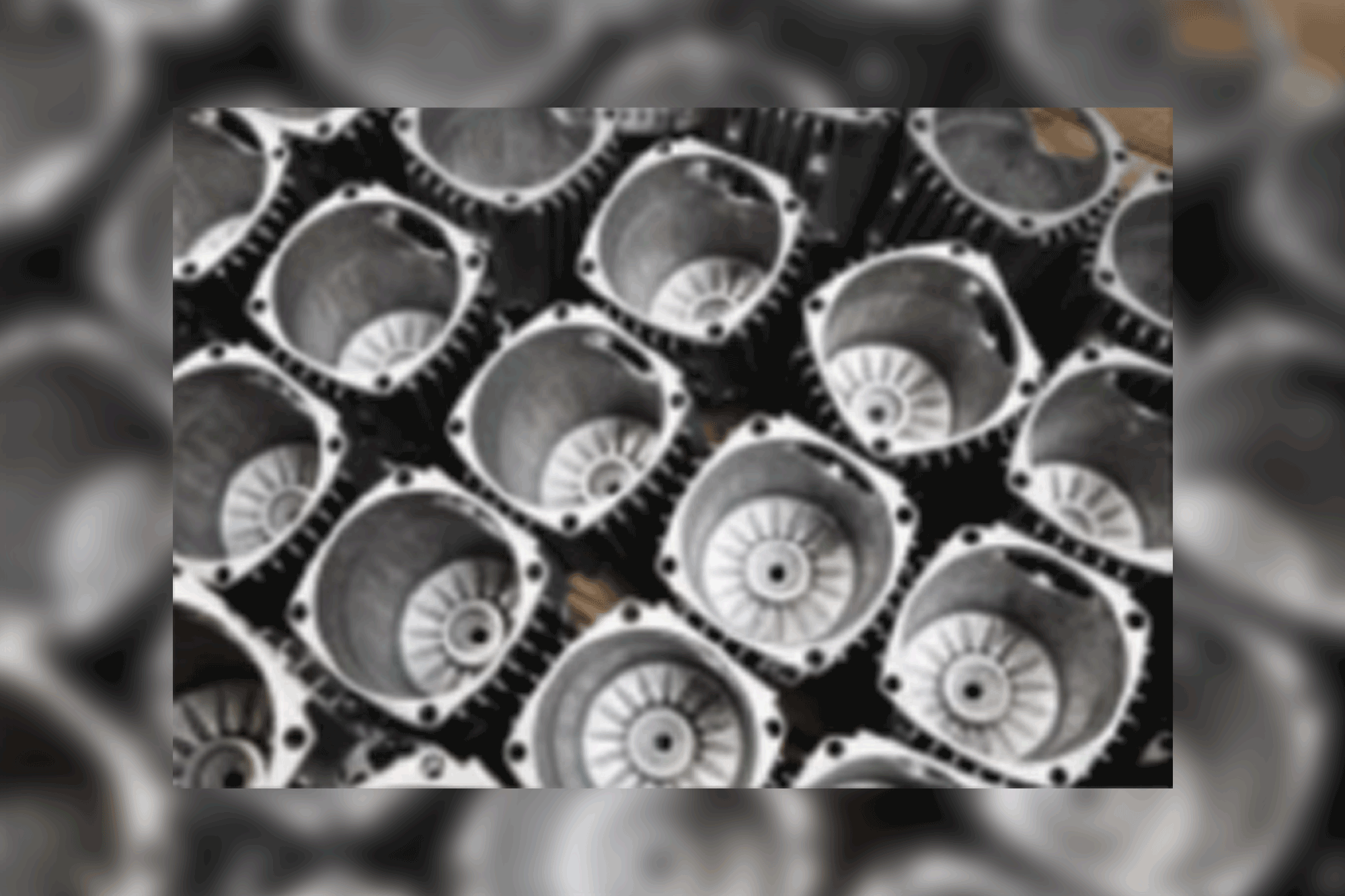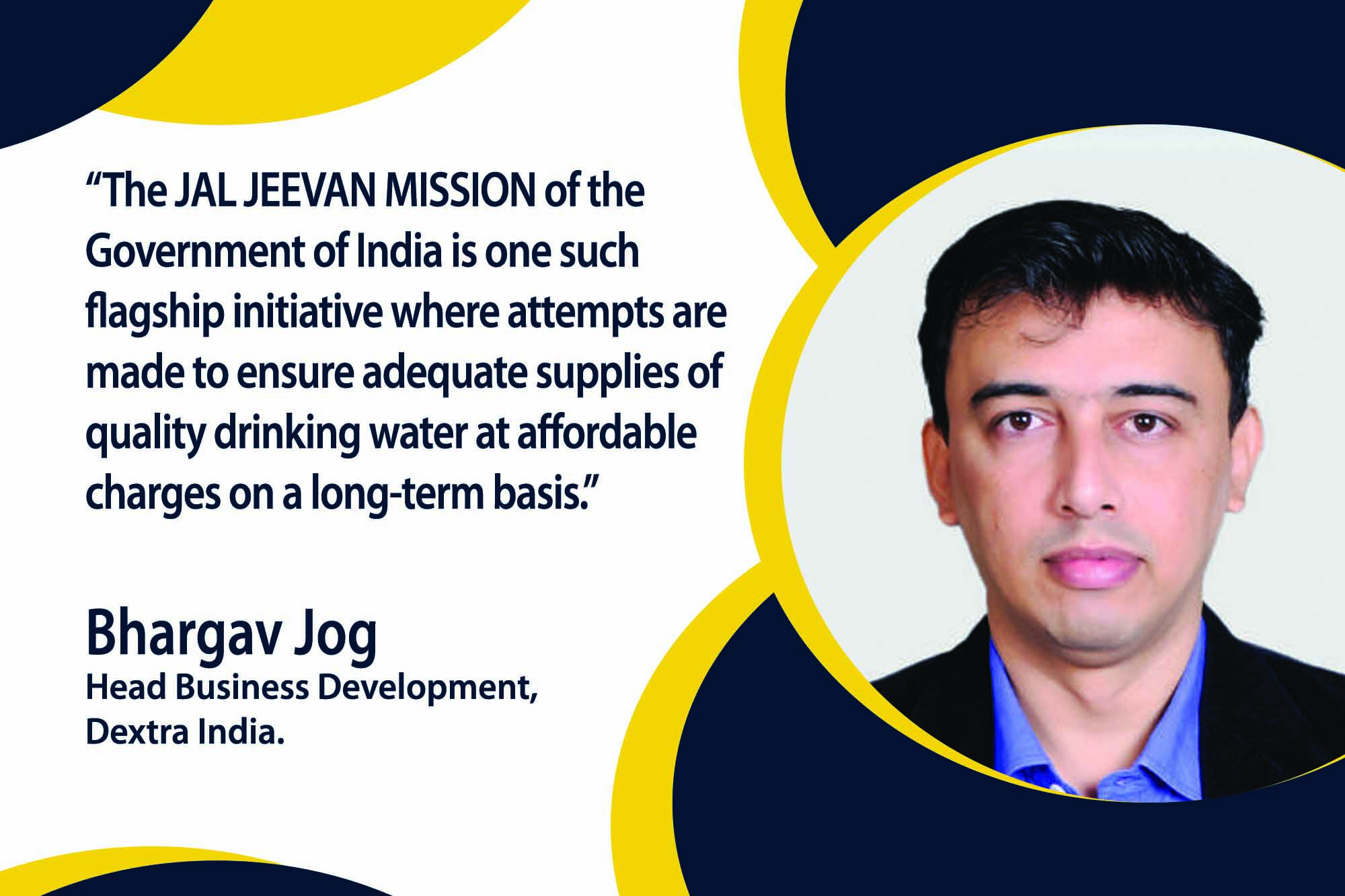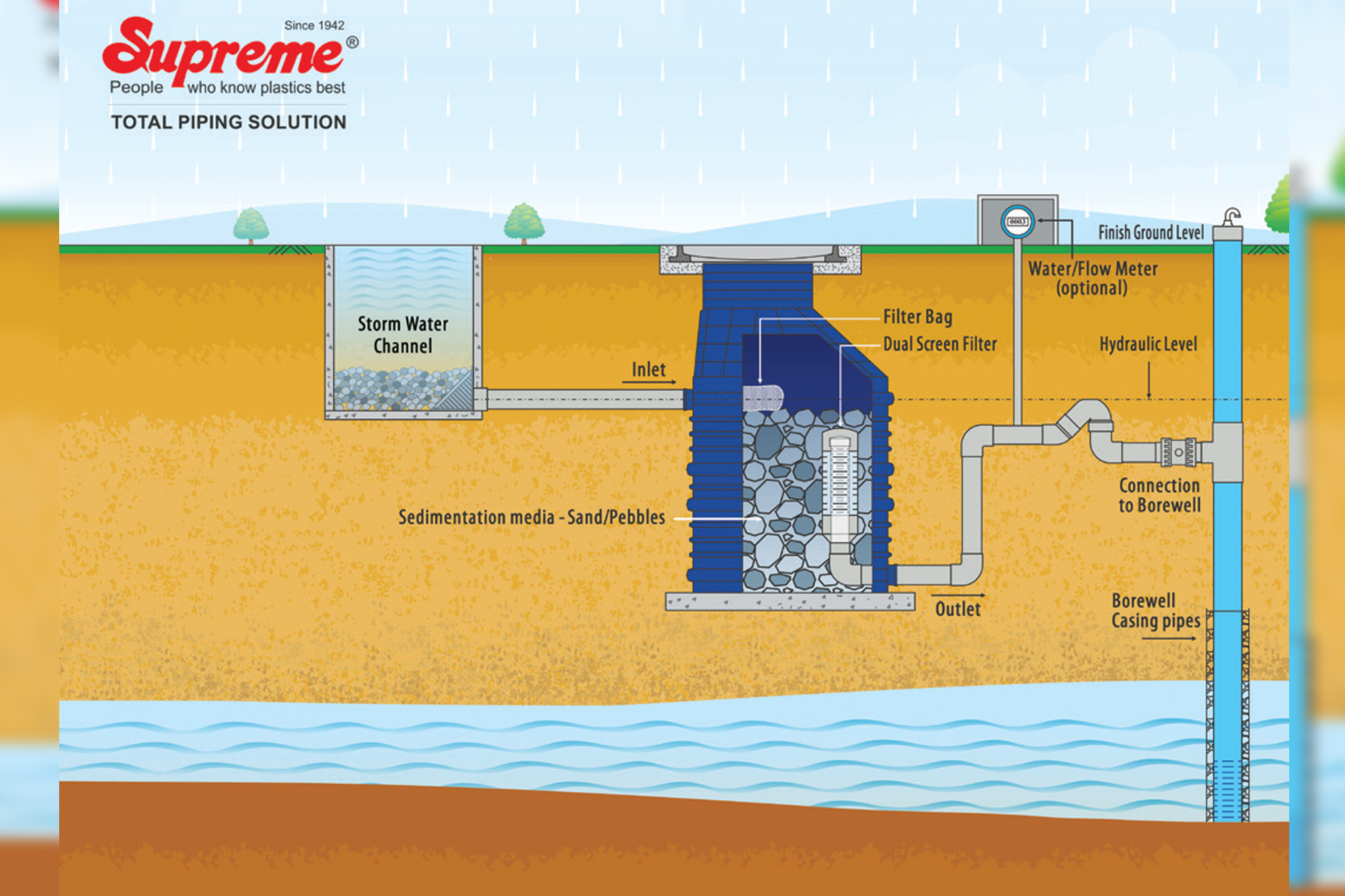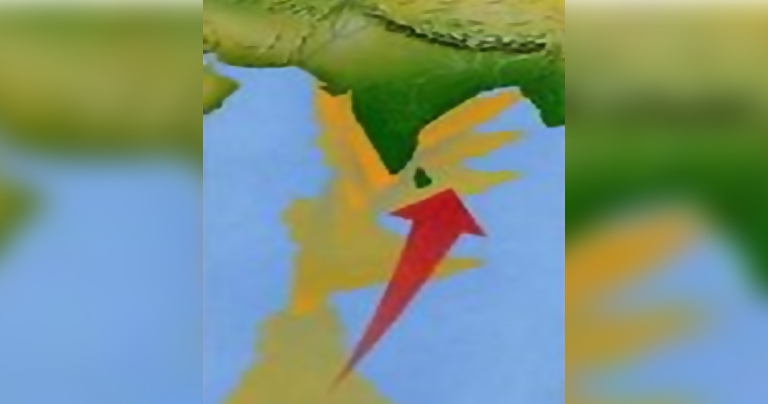Wastewater turned into reusable water at surface treatment plant
By Edit Team | April 22, 2020 5:15 am SHARE

Overview
The situation
In one corner of Grundfos’ sprawling factory in Bjerringbro, Denmark, something almost magical takes place.
Amid a flurry of forklifts and pallets, workers hang shiny metal parts on racks. The hanging pump bases, motor stools, flanges and other components then move into a giant machine that dips them successively into a series of chemical or water baths for surface treatment and rinsing. They proceed to a bath that coats the components with a layer of paint electrostatically. This is called cathodic electrodeposition (CED) or cataphoresis. The process protects the items from rust and gives them a nice finish. From there, they go into a hot air dryer, then exit the system back to the factory. The workers then take them off the hooks and load them into pallets to be transported to other parts of the factory.
The water baths use about 5,000 cubic metres (m3) of water to rinse nearly 8 million components a year. “This is the process in our Bjerringbro factory that consumes the most water,” says Anders Lund Hansen, Senior Manufacturing Director at Grundfos in Denmark.
“The CED process impacts the environment, and that concerns us a great deal. Grundfos has a sustainability agenda that aims at reducing our water use by 50% by 2025.
“Grundfos lies in Bjerringbro, a town of about 8,000 people in the Danish province. “We get our water from the underground just like anyone else in town. We’re using from the same source that Mr. and Mrs. Bjerringbro are using for showering or drinking at home. If we can recycle this CED water instead of taking in new water, we’ll save water for the community, for the people who live here.”
The solution
Previously, Grundfos sent its dirty CED process water to an on-site pre-treatment centre. Here, it went through a basic filtering and pre-treatment before flowing onward to the city’s own municipal wastewater treatment facility.
This was where Grundfos saw the potential to build a full wastewater treatment and recycling system for the CED rinsing water.
“We put together a specialist team with knowledge of products, environmental issues, chemistry and production processes,” Anders says. “Together they built this and made it possible with some of the newest technology in water and wastewater treatment.”
The CED wastewater treatment is basically a system that sends the water through a three-filtration system, and then onward to a Grundfos BM reverse osmosis unit. Finally, the purified water is returned to the CED tanks in the factory.
The closed water circuit
The plant treats 5,000 m3 of water a year – the amount used by 100 Danish households annually, or what can fill two Olympic-sized swimming pools. It recycles 80% of the process water back to the treatment baths, as the remaining 20 per cent is either solid matter or used to flush the filters. For the first year, this closed water circuit has been running at only half capacity, so it will eventually treat 10,000 m3 of water a year.
Anders Lund Hansen says the motivation for building this system was not financial. “The point was not to create a good business case,” he says. “That was not the driver. The motivation was sustainability – the ambition to reduce water consumption.
“It also helps Grundfos understand how our products contribute to the sustainable agenda. You may view this as a small laboratory. A research centre where we can extract a lot of learning from our products. How can they contribute further to the agenda of water and energy?
Wastewater as a resource
The company’s Senior Director of Group Environment, Health and Safety, Karen Touborg, says that relatively with other types of industries, Grundfos does not use so much water. “But like any other industrial plant, Grundfos’s activities do leave an environmental footprint. We chose to recycle water at the Bjerringbro factory to exemplify what can be done, and that you can make a difference even when you have a small- or medium-sized production unit.” Karen Touborg adds that this project is part of a bigger picture in working with today’s environmental challenges, which demand that we act differently with resources like water. “We don’t see used water as wastewater. We see it as a resource that can be reused when it’s treated and can be looped back into production.
“Because we don’t have waste, only resources.”
Cookie Consent
We use cookies to personalize your experience. By continuing to visit this website you agree to our Terms & Conditions, Privacy Policy and Cookie Policy.




































-20240213125207.png)

























